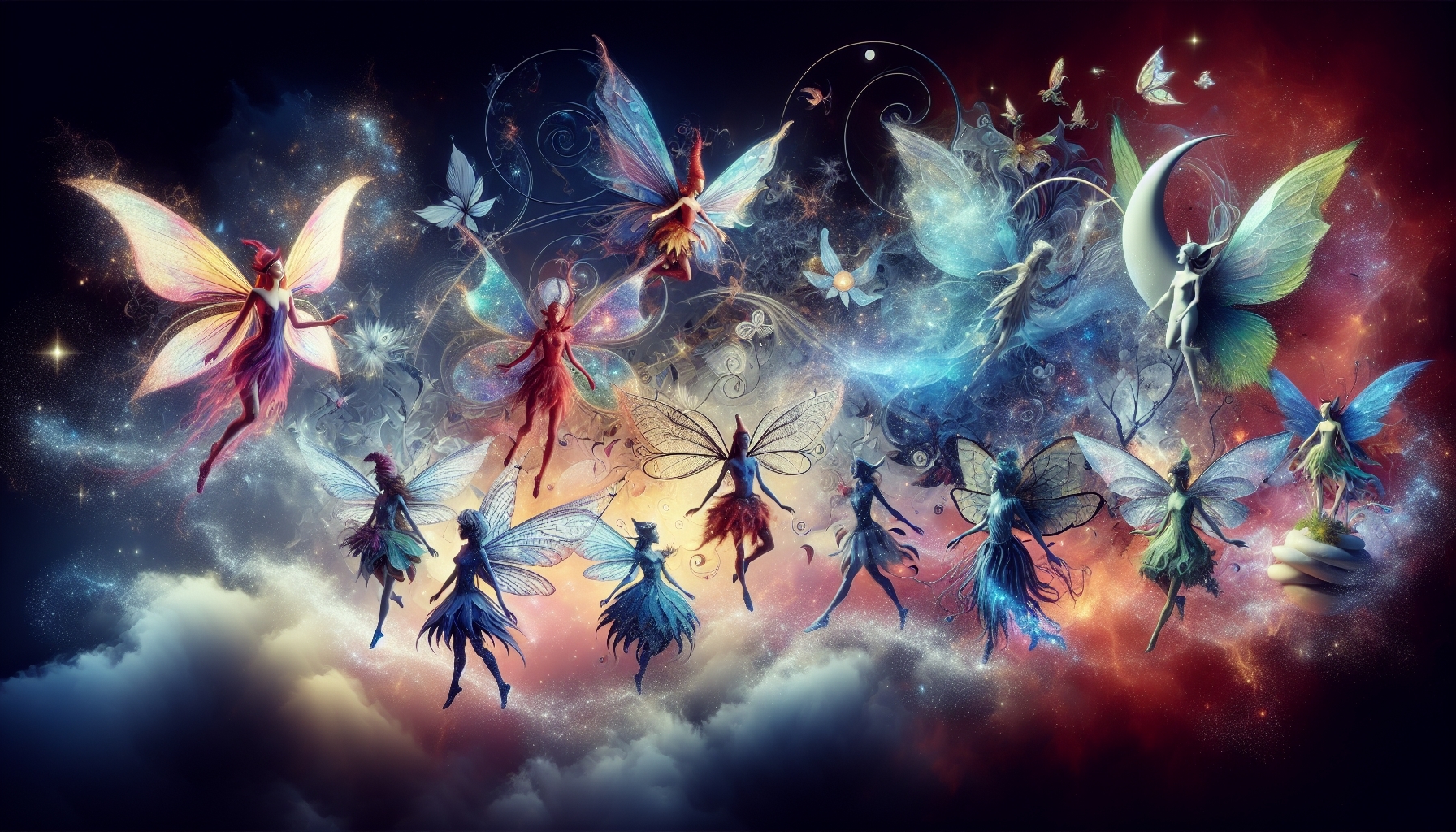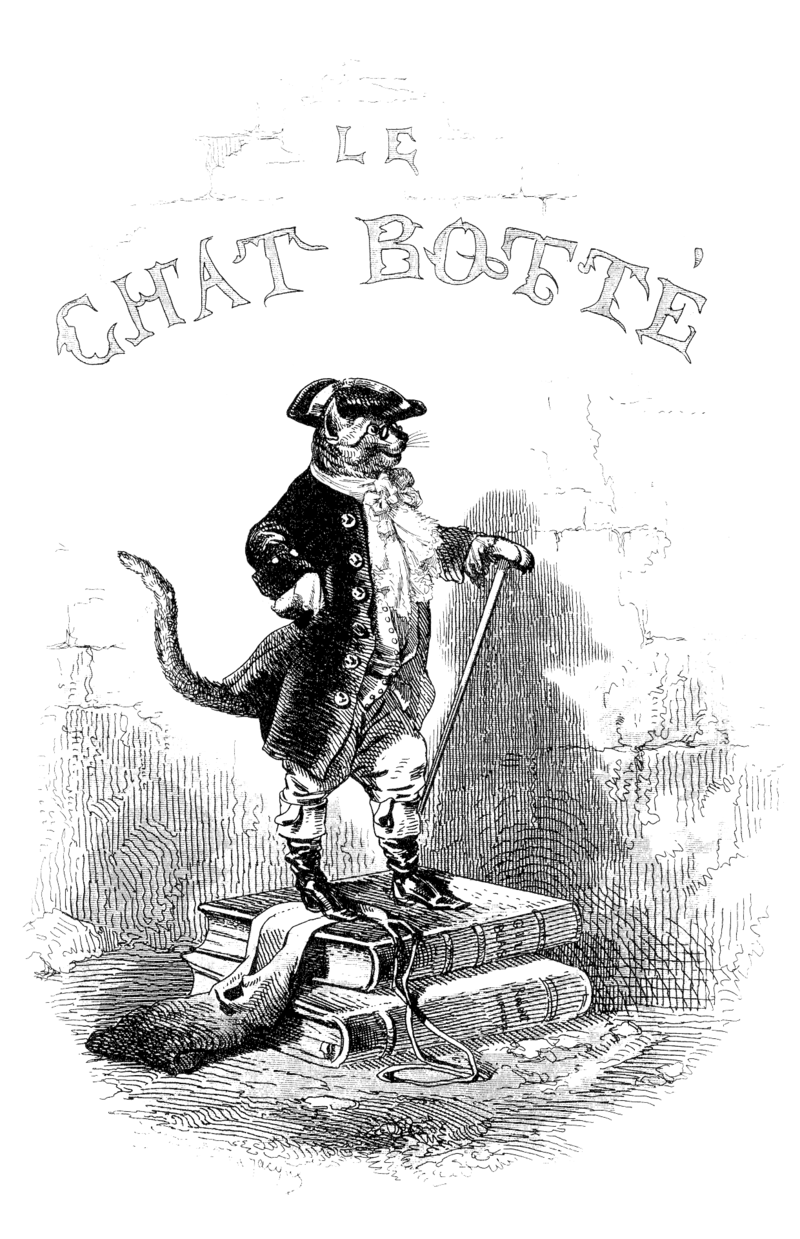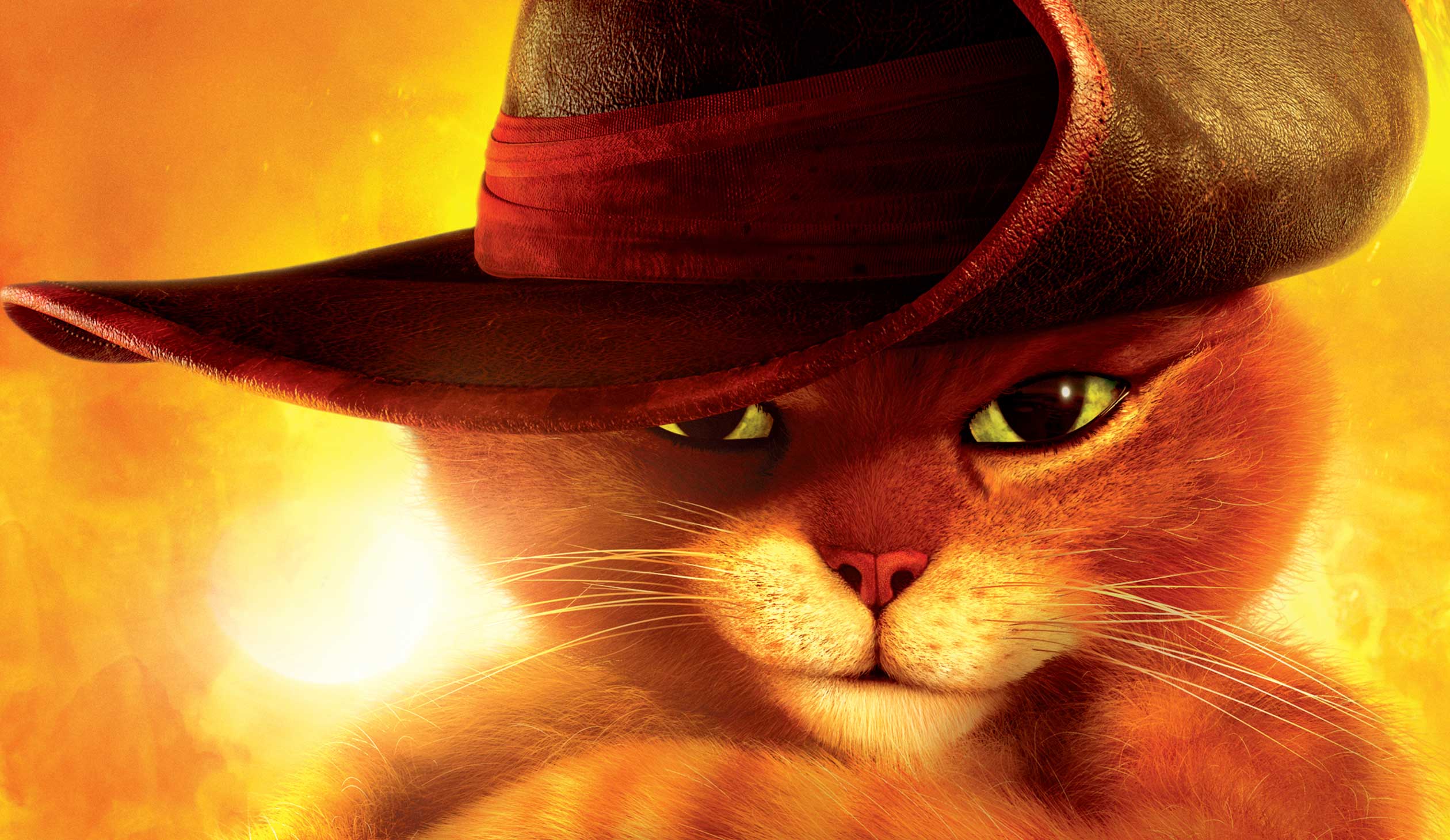Puss In Boots Fairy Tale
Puss in Boots Fairy Tale
Hello there! Today, we’re diving deep into the magical world of Puss in Boots—a story that has captivated audiences for centuries. While this tale has been told and retold in many variations across different cultures, it is Charles Perrault's version that stands as the most recognized. So, how did this captivating tale come to be, and why has it captured the hearts and imaginations of so many for so long? Read on to explore the tale’s intriguing origins, its plot nuances, and the impact it has had on literature and culture.
About the Author:
Charles Perraulwas born into a wealthy family in Paris in 1628. Initially a lawyer, he eventually turned his attention to literature and became a leading member of the Académie Française. Perrault lived in a time of great transformation in France, under the rule of Louis XIV, also known as the Sun King. The French court was a hub of cultural development, and it’s within this backdrop that Perrault contributed to the fairy tale genre. His stories have not only been translated into numerous languages, but they have also found their way into various art forms like ballet, theater, and film.
History and Origin:
Puss In Boots Fairy Tale Originally penned by Charles Perrault in the late 17th century, Puss in Boots quickly became a cornerstone in the canon of Western fairy tales. But before Perrault put pen to paper, the tale had already been floating around Europe in various forms, rooted in older folklore traditions. Some believe the story dates back to ancient Indian and Greek tales where resourceful animals help their human companions rise to prominence. It’s this rich cultural tapestry that has allowed Puss in Boots to transform and adapt over the years, ever expanding its footprint in the world of folklore and fairy tales.
Plot Summary:
At the heart of this timeless Puss In Boots Fairy Tale is a young man who inherits nothing but a cat upon his father's death. Feeling destitute and helpless, he's uncertain of his future. However, the cat proves to be no ordinary feline. With sheer wit and a touch of audacity, the cat requests a pair of boots, promising to make his young master wealthy and respected.
Once equipped with boots, the cat sets out on a mission. It begins hunting and catches game, which it then presents to the king as gifts from its master, who it deceitfully dubs the "Marquis de Carabas." Through a series of well-plotted schemes, including tricking an ogre to transform into a mouse and promptly eating him, the cat manages to secure a castle and great riches for his master. In the end, the young man marries the princess and lives happily ever after, all thanks to the ingenuity of his booted feline companion.
One of the intriguing aspects of the story is the complex character of the cat itself. On the surface, it appears as merely a clever feline pulling the strings to elevate its master's status. However, if we delve deeper, we find the cat to be an embodiment of different virtues and vices — ingenuity, opportunism, deceit, and loyalty. It operates in a moral gray area, executing plans that are both cunning and deceptive but ultimately for a good cause. This makes us question the ethics of the ends justifying the means, adding another layer of complexity to the story.
Other Versions of Puss In Boots Fairy Tale
While Charles Perrault's version is the most well-known, it is not the only one. In Italy, for instance, Giovanni Francesco Straparola released a similar tale called "Constantino Fortunato" in the 16th century. The Spanish tale "The Little Bull" also involves an animal aiding its master in acquiring wealth and status. These variants showcase the tale's universal resonance; the aspiration for a better life and the idea of an animal helper are themes that transcend cultural and linguistic boundaries.
Puss In Boots Fairy Tale In Culture
Impact on Culture:
Puss In Boots Fairy Tale has entered popular culture in numerous ways. It has been adapted into various movies, the most famous being the DreamWorks animation feature where the cat is portrayed as a swashbuckling hero. There are also comic books, video games, and toys all centered around this clever cat, evidence of the story's lasting appeal.
The story is not just a sequence of entertaining events but can be seen as a tale that holds deeper meaning. It taps into the universal dream of rags-to-riches, fueled by quick and clever ways to avoid trouble. The cat represents the inner strength we all would like to have. This would give us the capacity to turn a situation, no matter how bad, into an opportunity for growth and prosperity.
Puss In Boots Fairy Tale Closing:
The tale of Puss in Boots is not just an enduring story but a narrative masterpiece that speaks to the resourcefulness and ambition latent in all of us. Its origin, which stretches from tales told around ancient fires to the pages of Perrault's seminal book, shows the universal allure of storytelling. To me, Puss in Boots exemplifies the best of what fairy tales offer: escapism, life lessons, and the eternal promise of adventure and unexpected fortune. So, whether you are reading it for the first time or revisiting it as a nostalgic adult, Puss in Boots continues to be a mesmerizing tale that has earned its place in the eternal library of human imagination.



